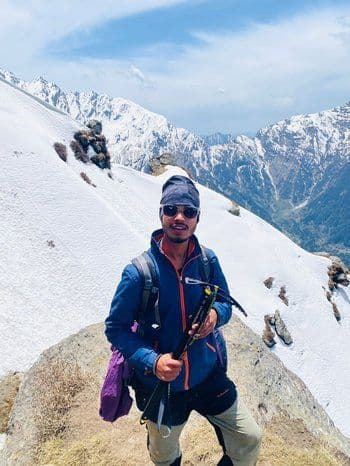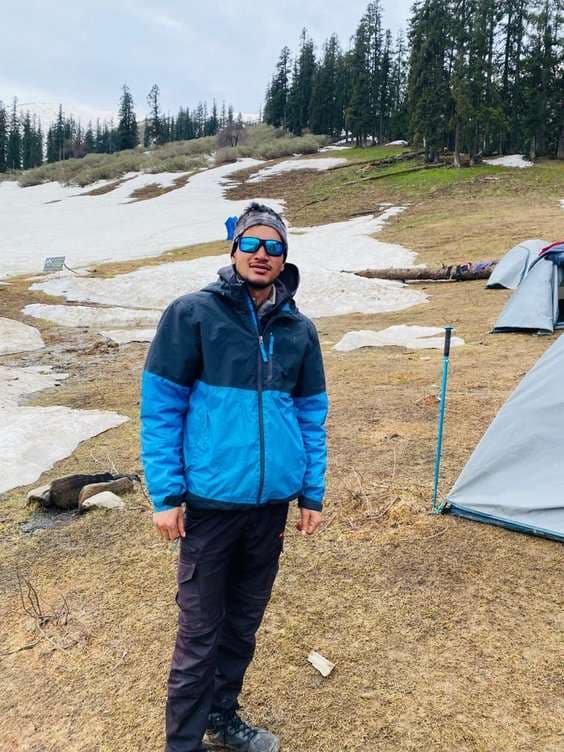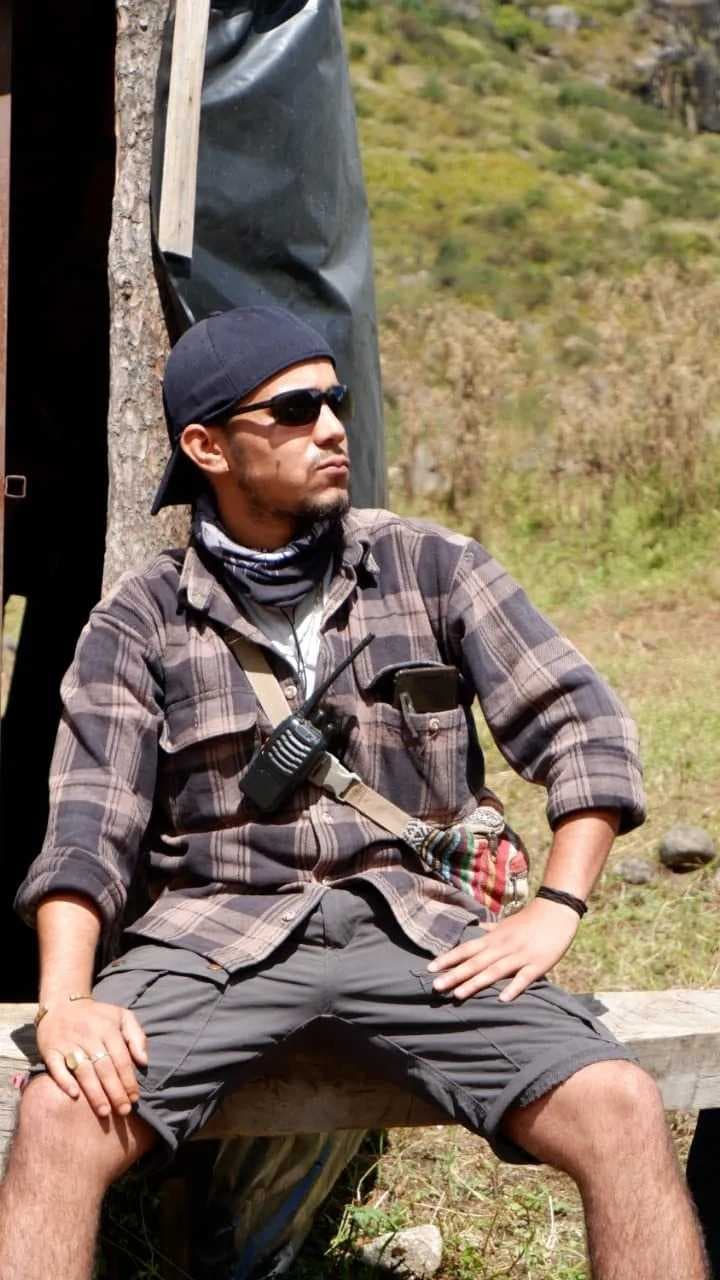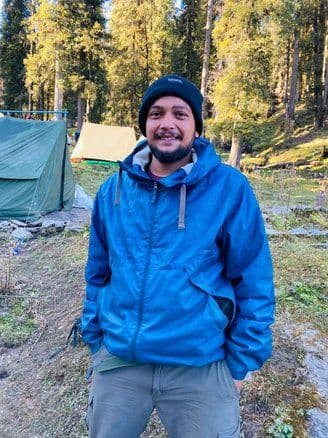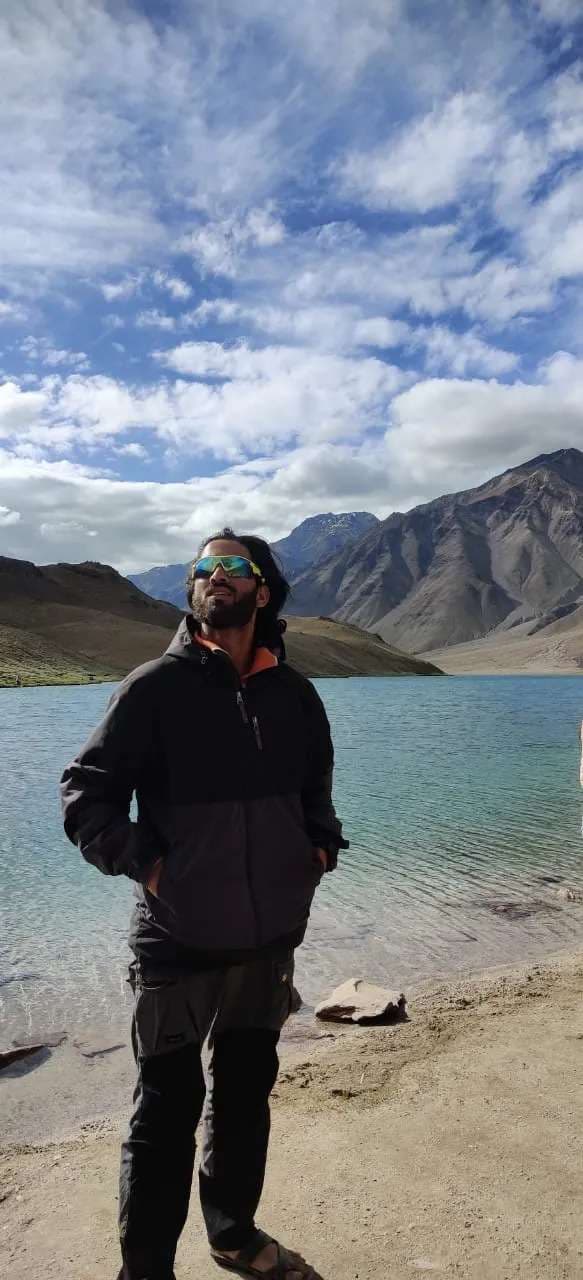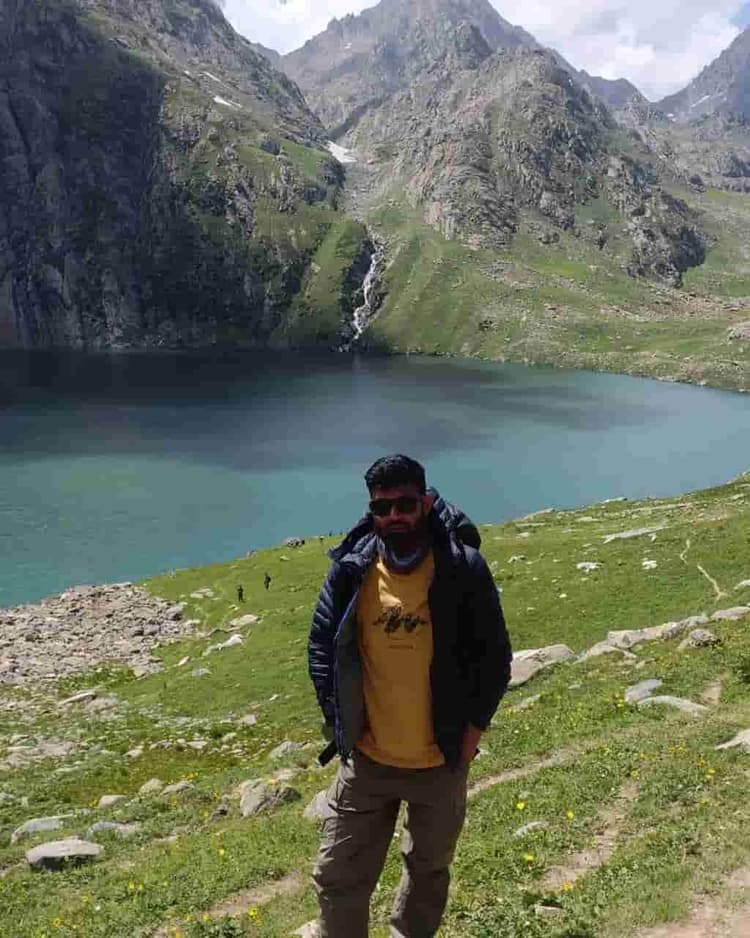The Three Kedar—Madmaheshwar, Rudranath, and Kalpeshwar—are Shiva temples in Uttarakhand and are part of the Panch Kedar Yatra. These sacred places are nestled in the majestic Himalayas.
Madmaheshwar, at 3,497 meters is where belly button of Lord Shiva is said to have appeared. surrounded by snow peaks of Chaukhamba and Kedarnath, this is a peaceful place for devotees and trekkers. Rudranath, at 3,600 meters is where Shiva’s face is worshipped. The trek to Rudranath goes through dense forests and meadows, making it one of the most scenic and toughest yatra. Kalpeshwar, the only Panch Kedar temple open throughout the year is where Shiva’s jata is worshipped. It is at 2,200 meters and can be reached by a short trek from Urgam Valley.
These three temples are not only culturally significant but also an adventurous journey through the mystical lands of Uttarakhand, so must visit for both pilgrims and trekkers.
Overview of 3 kedar
Madhyamaheshwar
Madhyamaheshwar, the second Kedar in the Panch Kedar circuit, is located at an altitude of 3,497 meters (11,473 feet). It is believed that the middle part (navel) of Lord Shiva appeared here. Surrounded by the majestic Chaukhamba, Neelkanth, and Kedarnath peaks, the temple is a spiritual retreat for devotees and adventure seekers alike.
Rudranath
Rudranath Temple, situated at an elevation of 3,600 meters (11,811 feet), is the third Kedar. Unlike the other temples, the face of Lord Shiva is worshipped here. The temple is nestled in the middle of rhododendron forests and alpine meadows, offering spectacular views of Nanda Devi, Trishul, and Nanda Ghunti peaks.
Kalpeshwar
Kalpeshwar, the last of the Panch Kedar temples, is the only temple open throughout the year. Located at 2,200 meters (7,217 feet), it is famous for being the place where Lord Shiva’s matted hair appeared. The temple can be easily accessed compared to Madhyamaheshwar and Rudranath.
Why Choose 3 Kedar?
Spiritual: These temples have deep mythological significance as they are associated with Lord Shiva and Pandavas.
Scenic: Trekking through dense forests, alpine meadows and mountain views is a heaven for nature lovers.
Offbeat and Less Crowded: Unlike Kedarnath, 3 Kedar temples are more peaceful and less commercial.
Challenging Yet Rewarding: The trek tests your endurance and rewards you with divine experiences and views.
Cultural: Experience the village culture of Uttarakhand and their warmth.
How to Reach 3 Kedar Temples
The Three Kedar pilgrimage—Madmaheshwar, Rudranath, and Kalpeshwar—requires a combination of road travel and trekking through the scenic yet challenging Himalayan terrain. Below is a guide to reaching each temple.
How to Reach Madmaheshwar
Madmaheshwar Temple is situated at 3,497 meters in the Garhwal Himalayas. The trek starts from Uniyana village, through beautiful meadows and dense forests.
By Air: Nearest airport is Jolly Grant Airport, Dehradun (approx. 250 km). From airport, hire a taxi or take bus to Ukhimath.
By Train: Nearest railway station is Haridwar (approx. 225 km). From Haridwar, taxis and buses are available to Ukhimath.
By Road:
From Haridwar or Rishikesh, take bus or taxi to Ukhimath.
From Ukhimath, drive to Uniyana village (approx. 18 km).
Trek to Madmaheshwar starts from Uniyana and is about 16 km long, passing through Goundar and Bantoli villages.
How to Reach Rudranath
Rudranath Temple is at 3,600 meters and is considered the toughest Panch Kedar to reach. The trek offers stunning views of Nanda Devi, Trishul and Chaukhamba peaks.
By Air: Nearest airport is Jolly Grant Airport, Dehradun (approx. 260 km). From airport, take taxi or bus to Sagar village.
By Train: Nearest railway station is Haridwar (approx. 235 km). From Haridwar, take taxi or bus to Sagar village.
By Road:
From Rishikesh or Haridwar, take bus or taxi to Gopeshwar.
From Gopeshwar, drive to Sagar village (approx. 5 km).
Trek to Rudranath Temple starts from Sagar and is about 20 km long, passing through Panar Bugyal and Pitradhar.
How to Reach Kalpeshwar
Kalpeshwar Temple is at 2,200 meters and is the only Panch Kedar temple open throughout the year. Unlike other Kedar temples, it is a short trek only, so relatively easier to visit.
By Air: Nearest airport is Jolly Grant Airport, Dehradun (approx. 280 km). From there, take taxi to Joshimath or Helang.
By Train: Nearest railway station is Haridwar (approx. 250 km). From Haridwar, buses and taxis are available to Joshimath.
By Road:
From Haridwar or Rishikesh, take bus or taxi to Joshimath.
From Joshimath, drive to Helang (approx. 12 km).
2 km trek from Helang to Kalpeshwar Temple through Urgam Valley.
Difficulty Level of 3 kedar
Madmaheshwar Trek – Moderate Difficulty
Terrain & Challenges:
Steep Ascents and Descents – The trek starts with a gradual climb but gets steeper near Bantoli and Khatara.
River Crossings & Wooden Bridges – Several streams need to be crossed, making the trek challenging, especially after rains.
Changing Weather Conditions – Sudden rain or mist can reduce visibility and make the trail slippery.
High-Altitude Walking – Acclimatization is essential as the air gets thinner at higher altitudes.
Rudranath Trek – Most Challenging
Terrain & Challenges:
Longest & Toughest Route – The 20 km trek has continuous ascents and steep inclines, making it physically demanding.
Dense Forest & Meadow Crossings – The trek passes through thick oak, rhododendron, and deodar forests, followed by Panar Bugyal and Pitradhar ridges.
Extreme Weather Conditions – The temperature can drop suddenly, and the trail is often mist-covered.
Remote & Isolated Route – Fewer shelters and food stalls make self-sufficiency essential.
Kalpeshwar Trek – Easy
Terrain & Challenges:
Short & Well-Marked Trail – The route passes through Urgam Valley, with lush greenery and minimal elevation gain.
No River Crossings or Steep Climbs – Unlike Madmaheshwar and Rudranath, the gentle incline makes it accessible for all age groups.
Mild Weather Conditions – The lower altitude ensures lesser temperature fluctuations.
Best Time to Visit 3 Kedar
Madmaheshwar – Best Time: May to October
Summer (May–June) – Ideal time with pleasant weather (10–20°C), clear skies, and blooming rhododendrons.
Monsoon (July–August) – Trek becomes challenging due to slippery trails, landslides, and heavy rainfall.
Autumn (September–October) – Best time with stable weather, crisp air, and clear Himalayan views.
Winter (November–April) – Temple is closed due to heavy snowfall, and the trekking route becomes inaccessible.
Rudranath – Best Time: May to October
Summer (May–June) – Comfortable temperatures (8–18°C), making it the best season for trekking.
Monsoon (July–August) – The route becomes treacherous due to heavy rain, leeches, and landslides.
Autumn (September–October) – Best time for breathtaking mountain views and crisp trekking conditions.
Winter (November–April) – Temple is closed as the area receives thick snow, making the trek dangerous.
Kalpeshwar – Open Year-Round (Best: May to October)
Summer (May–June) – Best time with mild weather (15–25°C) and lush green surroundings.
Monsoon (July–August) – Accessible but rainy, making the trails slippery.
Autumn (September–October) – Perfect weather with clear skies and comfortable trekking conditions.
Winter (November–April) – Remains open, but cold temperatures (0–10°C) may make travel challenging.
For Madmaheshwar and Rudranath, September–October is the best time for clear views and a comfortable trek. Kalpeshwar is open all year, making it the most accessible of the three Kedar temples.
How to Prepare for 3 Kedar Trek
Physical Fitness: Cardiovascular exercises, endurance training, and strength workouts.
Packing Essentials: Trekking shoes, warm clothes, rain gear, and a first-aid kit.
Acclimatization: Essential to prevent altitude sickness, especially for Rudranath.
Permits & Registrations: Obtain necessary permits from local authorities if required.
Safety Measures for 3 Kedar Treks
Trekking to Madmaheshwar, Rudranath, and Kalpeshwar requires proper preparation to ensure a safe and enjoyable experience. Below are essential safety measures to follow:
Weather Conditions
Check forecasts before starting the trek to avoid extreme weather.
Avoid trekking in monsoons (July–August) due to landslides and slippery trails.
Carry layered clothing to adapt to sudden temperature drops.
Guides & Porters
Hiring a local guide is highly recommended, especially for Rudranath, as the trail is long and challenging.
Porters can help carry heavy loads, making the trek more manageable.
Hydration & Nutrition
Carry sufficient water (2–3 liters per day) and use water purification tablets if refilling from streams.
Pack energy bars, dry fruits, and light snacks for sustained energy.
Avoid heavy meals and stay hydrated to prevent altitude sickness.
Emergency Contacts & Communication
Keep emergency numbers (local authorities, trekking agencies, medical help) handy.
Inform a family member or friend about your trekking plan.
In remote areas, carry a satellite phone or walkie-talkie for better communication.
Final Safety Checklist
Dress appropriately for changing weather.
Trek in groups for safety.
Carry a first-aid kit and basic medications.
Start early to avoid trekking in the dark.
Respect nature & follow trekking ethics (no littering).











